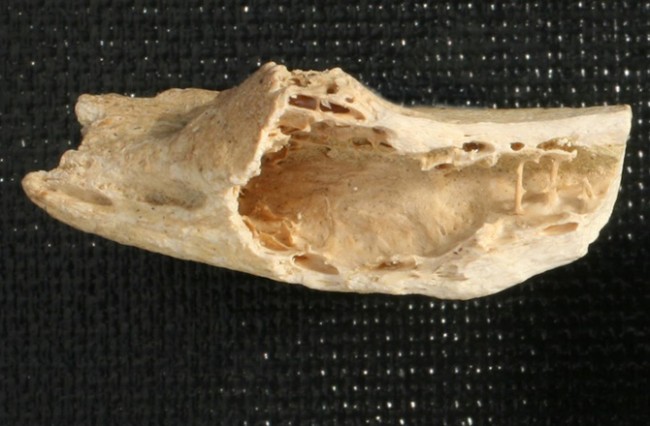
The Aloe plant is part of the genus, succulent plants, which comprises of over 500 different types of species. It has been cultivated for many years because of its pharmaceutical uses. Dating back 5,000 years to ancient Egypt, aloe was known as a powerful herbal medicine. The plant produces gel and latex, which are both used for medicinal purposes. The gel is the clear gooey substance that is found when you break the plant, and the (yellow) latex comes from right under its skin. Many beauty experts and other health care professionals list aloe as an important plant curing many skin ailments. Here are a few of its suggested uses:
Burns
Applying aloe cream to the skin might help to heal certain burns. A 2009 study found that 30 patients with second-degree burns, who applied aloe cream, healed in areas with minor wounds in less than 16 days.
High cholesterol and Hyperlipidemia
According to the National Institutes of Health (NIH), preliminary evidence suggests that taking 10 to 20 milliliters of aloe orally daily for 12 weeks can reduce total cholesterol by about 15 percent, low-density lipoprotein (LDL) cholesterol by about 18 percent, and triglycerides by about 25 to 30 percent in people with hyperlipidemia.
Cold Sores
Research suggest that aloe gel speeds up canker sores and helps to alleviate some of the pain
Acne
Some research has shown that aloe helps to heal present acne and acne scars because of its antimicrobial properties. It’s also moisturizing without being greasy.
Dry Hair
The inside of the plant makes a great hair conditioner because of the its hydrating properties. Use the plant’s “juice” and gel in your hair, then rinse and apply your normal conditioner.
Diabetes
The NIH says that, while it’s inconclusive aloe may reduce blood sugar in people with diabetes. “Two studies indicate that taking aloe gel by mouth can reduce blood sugar in women with type 2 diabetes. But another study did not show the same benefit.”
Sunburns
Due to the cooling effect aloe has on the skin, it’s often an over-the-counter recommendation by physicians and pharmacists for minor sunburns.
Weight Loss
Aloe Vera juice made its way last year as a health drink. According to the Daily Mail, aloe contains a number vitamins “including A, C, E, folic acid, B1, B2, B3, B6, and it is one of the few plants that contains vitamin B12, which helps with brain and nervous system function.” As a super food it helps with digestion and clears your skin from the inside.
Source: Medical daily










